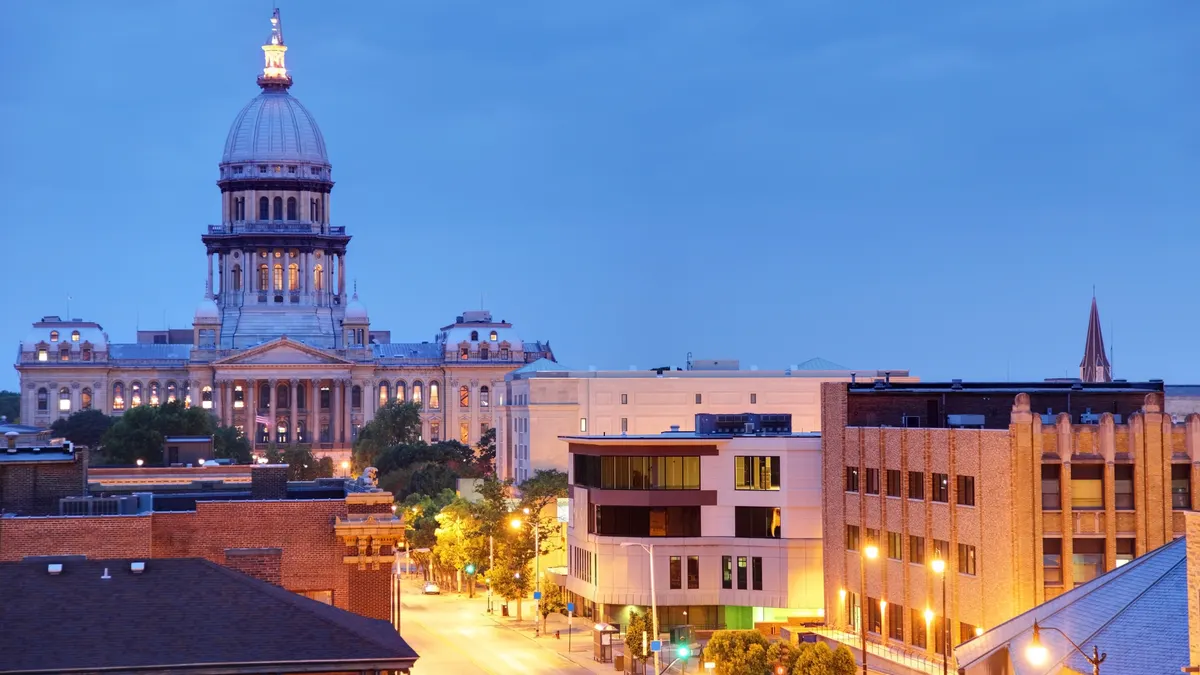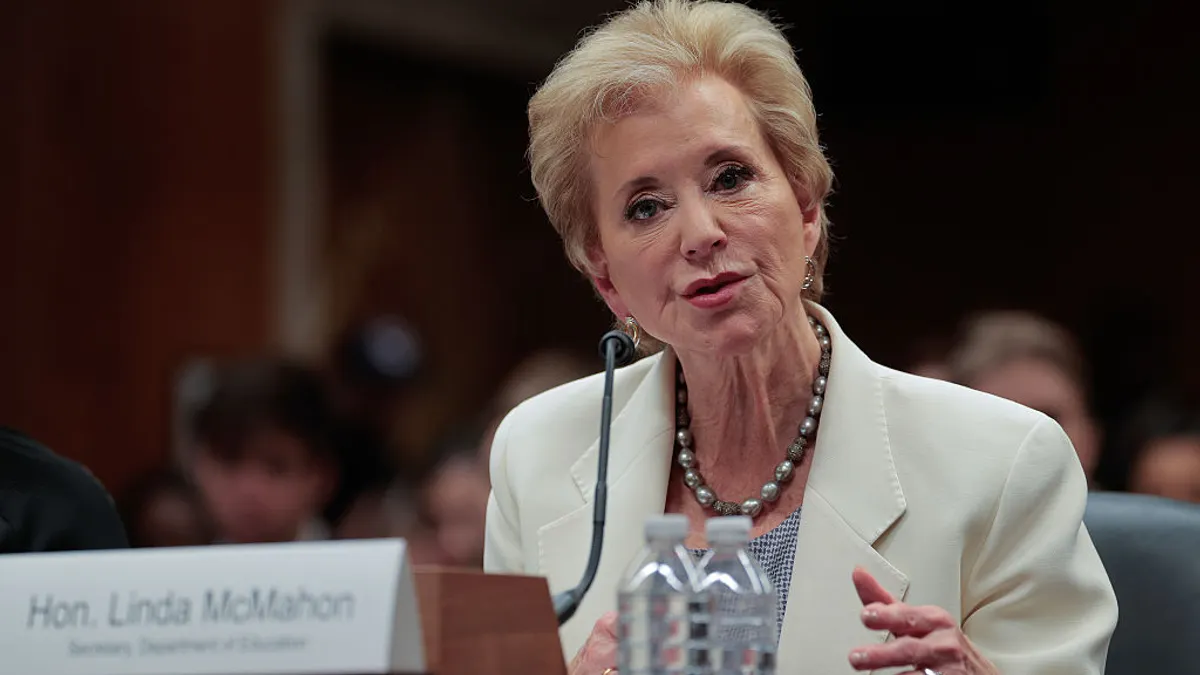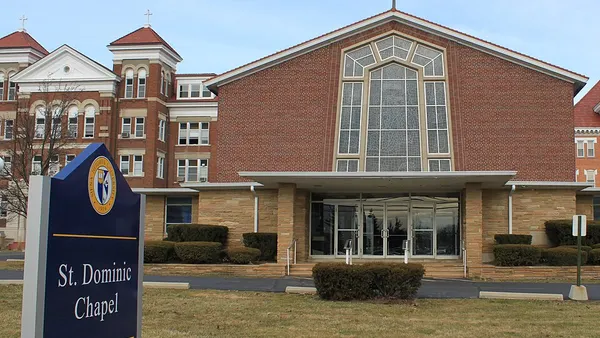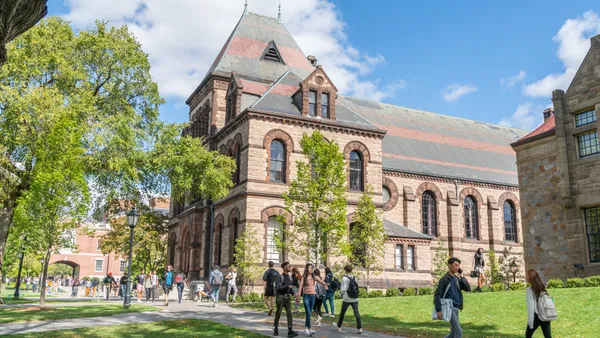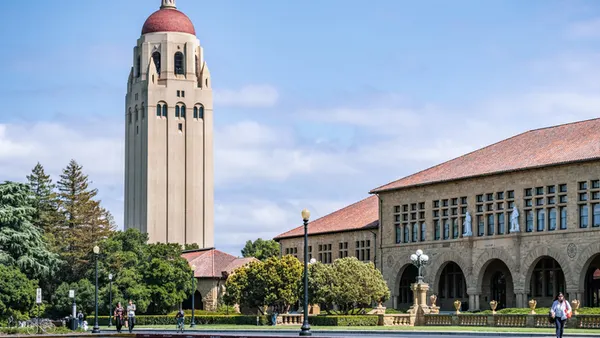Dive Brief:
- The U.S. higher education sector enters 2023 with a mixed outlook, S&P Global Ratings said Wednesday, calling prospects for colleges stable but divided.
- Strong institutions that already enjoy good credit ratings should expect continued high student demand and flexibility setting prices, S&P projects. At the other end of the spectrum, weaker institutions face expenses that are likely to grow faster than revenue.
- In the middle of the pack are others — including those operating regionally and with nonselective admissions — that still face rising competition and pressure on their operating margins.
Dive Insight:
S&P's outlook for 2023 comes a few weeks after rival agency Fitch Ratings called the higher ed sector's condition stable but deteriorating heading into the new year. Fitch cited many of the same headwinds as S&P: enrollment pressure, labor challenges and an inability to raise tuition enough to cover inflating costs.
In the upcoming year, S&P forecasts a shallow recession, which could affect everything from public funding available for colleges to students' ability to enroll and pay for tuition. But S&P isn't more pessimistic about the sector as a whole in part because it's tracking many colleges with strong financial reserves that will provide them with flexibility.
While enrollment is down from pre-pandemic levels, declines haven't played out equally across colleges of different types and in different locations. So far, state lawmakers haven’t floated budget cuts to address revenue shortfalls.
Overall, S&P projects operating margins will fall in fiscal 2023 from the previous year as costs increase, pay climbs and colleges offer additional financial aid for students. Revenue isn't likely to keep up with inflation amid slowing fundraising, limited net tuition growth, volatile investment markets and federal COVID-19 relief funding running dry.
"The stronger institutions seem to be getting stronger, and we do see the weaker institutions struggling more," said Jessica Wood, S&P's senior director and senior lead for education, during a Thursday webinar on the outlook. "We think that the pandemic really exacerbated some of these trends."
S&P and other agencies generally rate debt for colleges that are financially stronger than the U.S. higher education sector as a whole. S&P rates credit quality for 298 private colleges and 146 public colleges in the U.S. Only 7% are graded as speculative, signaling higher levels of credit risk.
Still, the agencies' outlooks offer insight into trends that are expected to affect all of higher education.
Of special note this year are inflation and expense increases coming at the same time that $78 billion in pandemic-era federal relief funding is evaporating, S&P found.
"Many schools were able to make it through the pandemic with the aid of these much-needed funds, but for many weaker institutions, as this emergency support rolls off, revenue instability and operating risks will resume," the report said.
The ratings agency anticipates operating deficits appearing among institutions with lower credit ratings.
S&P expects the number of college closures and mergers to rise more quickly in the coming years, with small and unaccredited institutions bearing the brunt. Those with a strong brand, good real estate or valuable core offerings will be more attractive for mergers or acquisitions, while colleges without those advantages are more likely to close, the report said.
Institutions have been pursuing several different strategies in the face of the headwinds. Among them are monetizing assets — selling off things like extra land, buildings, artwork and intellectual property. They've also sought to bolster enrollment, with efforts tilting toward graduate, nontraditional and online students, S&P found.
"Institutions hope that this change in recruiting will allow for some reprieve from lower undergraduate revenue but the success of these strategies will likely take a few years to see," its report said.





